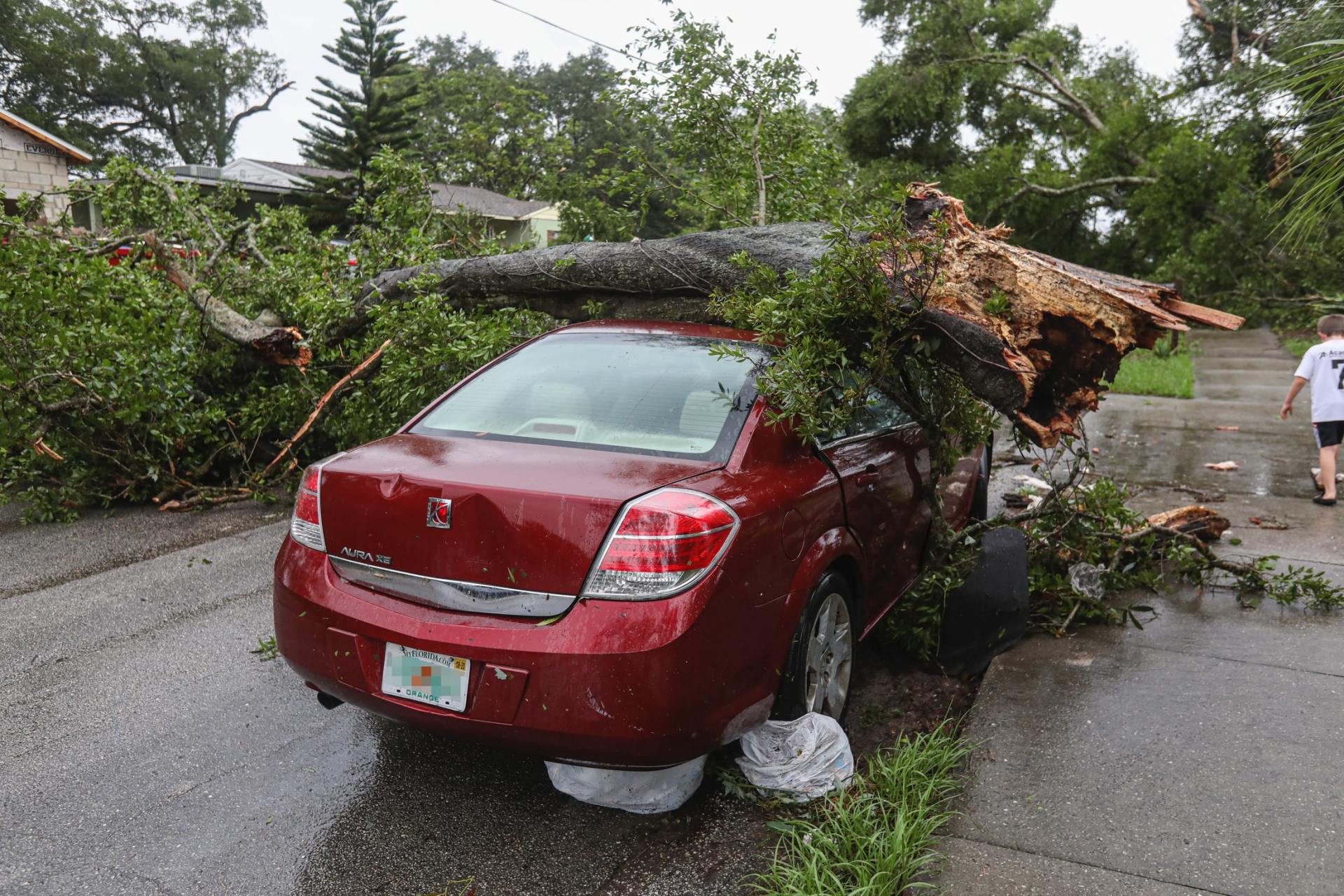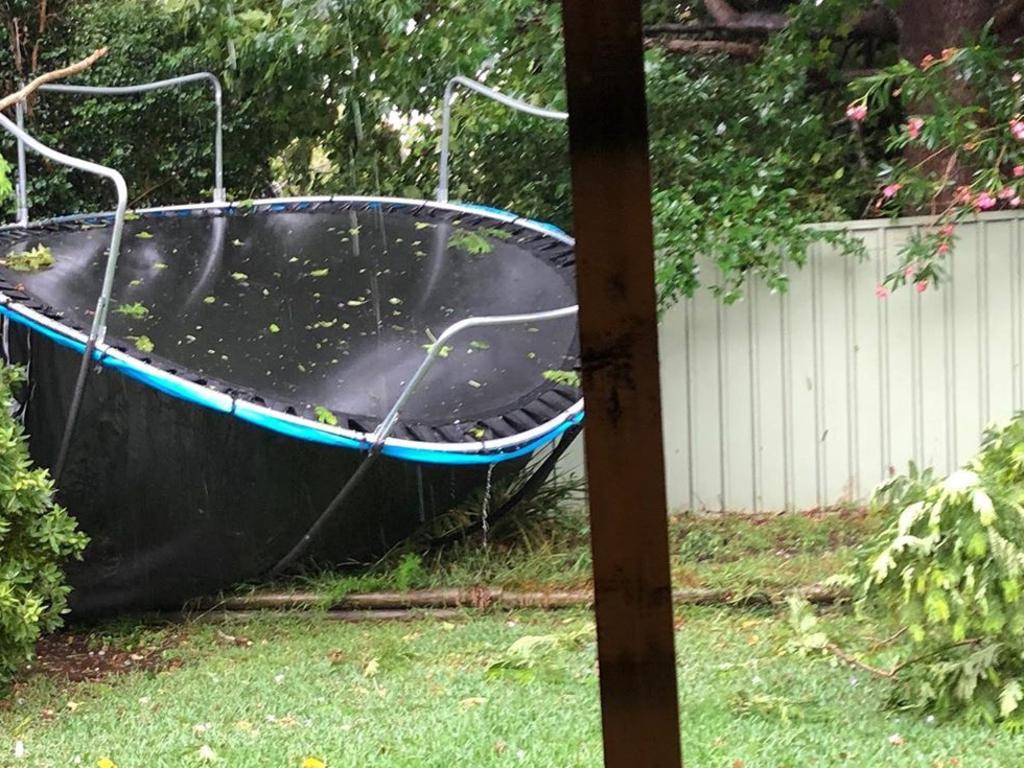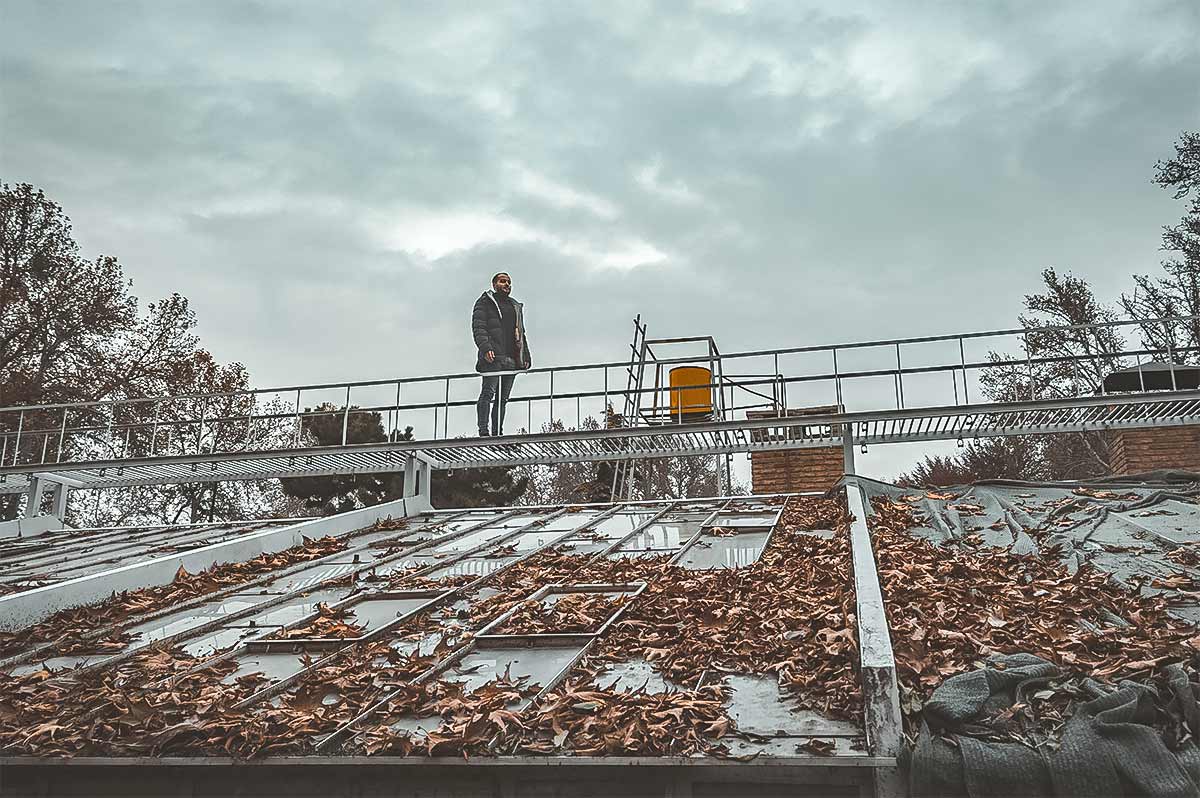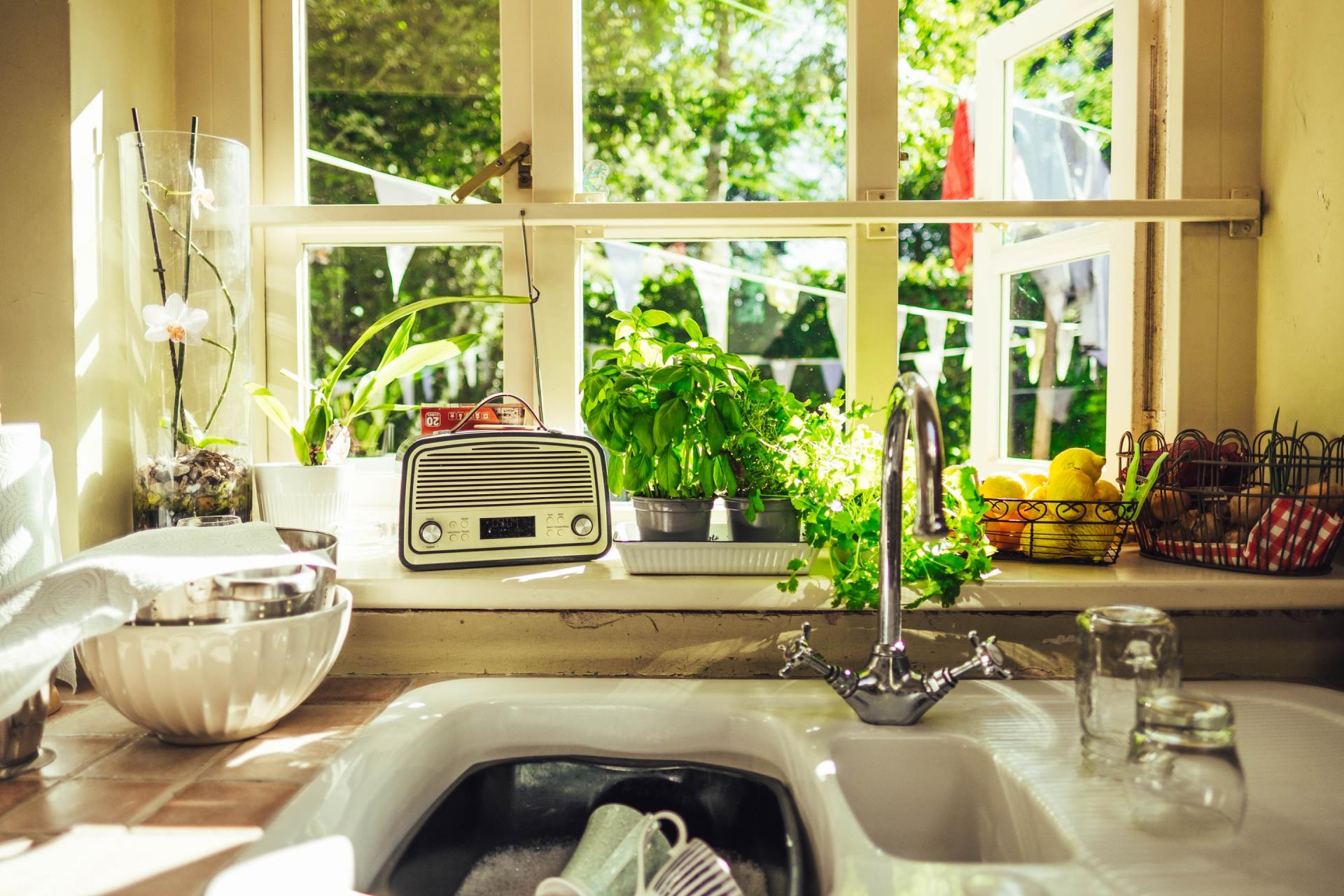How To Protect Your Home From Summer Storms
8 Steps To Protect Your Home From Summer Storms
Natural disasters are known to wreak havoc in some parts of the world, often causing millions in damage. Fortunately, you can take steps that can protect your home from summer storms and natural disasters that may threaten your home.
A few basic precautions can help protect your home from all types of summer storm damage. This article explains some of the precautionary measures you can take.
Prune Your Trees
Some of the worst damage from storms is caused by falling trees. A healthy, sturdy tree is unlikely to uproot in high winds, but a tree with dead limbs or excessive growth can be a recipe for disaster. Spring is a great time to contact an arborist to assess your trees. If you have large trees on your property, you should have them checked frequently, possibly every few years. By caring for them, you can protect both your property and the tree itself.
Manage Your Rainwater Tank Overflow
In heavy rain, it can be shocking how fast your rainwater tank can fill. That is always great news for the summer season; however, a tank with an improperly managed overflow can cause immense damage.
Rainwater tanks are often placed close to your home, which is great for using the water, but if your runoff is not managed properly, the effects can be disastrous. Overflowing tanks can create erosion not just through your garden but could undermine the foundation of your home if left unchecked. Have a plan in place to manage the overflow of your rainwater tanks, and make sure you put it in place for the summer season.
A simple way to manage overflow with a tank is to get your installer to add in an extra pipe outlet at the very top of your tank that connects to a permanent or temporary runoff pipe. When the water gets to the top of the tank, it will start spilling out the pipe, which you can then direct to appropriate stormwater runoff or via a flexible hose away from the foundation of your home. This way you are controlling the run off not just leaving it to spill from the top in any direction.
Bunnings have this Grunt Temporary Downpipe available in 25m lengths for only $15.
Clean Up Your Yard
Remove any loose items that are lying around your yard or down the side of your house. It’s easy for us all to lay that extra roof sheeting or garden equipment under the eaves of your home. While it’s easy access for us, any of these items can become projectiles in a storm. Old plant pots, tools or renovation items should be secured before the summer season arrives.
Modern windows offer durable glass and strong storm protection, but they are not bulletproof. Heavy objects that land directly on your window at a speed of 200 kilometers per hour will destroy your windows and the security of your home.
Thanks to the Northern Star for this image
Don't know what to do with your pool furniture? Throw it in the pool. It will sink to the bottom and as long as it's not left in a chlorinated environment for days on end it will be fine.
Clean Your Gutters and Check Your Roof
Remove any debris from your roof and gutters to ensure rainwater can easily drain off your roof and home.
When water can't get through your gutters, it can collect on your roof and could come into your home under the eaves.
Be sure to do this safely, or if this is something you aren’t confident about look for a local service that can do this for you. Being up a ladder isn’t everyone’s cup of tea, so if you are unsure, get a professional in.
Assemble and Maintain A Storm Kit
We all are so used to having everything at our fingertips; however, a bad storm could result in a complete loss of power or water for days on end. You don’t need to embrace armageddon level prepping, but you should have the basics for up to a week without power and/or water.
Essentials for your storm kit:
- 2-3 Litres of drinking water per person per day
- A few sets of dry clothes, especially if you are in a cold environment.
- Batteries for your radio or power packs for your phone - you need to be able to get updates
- Food for your pet & a crate or a way to secure them and keep them safe
- Any medications you require and be sure to check the expiry date on these frequently.
- A secure waterproof box to store your gear
- Tinned food or camp-style meals
- A good flashlight (preferably waterproof)
Additional items for your storm kit:
- a list of significant phone numbers,
- copies of important documents that could help establish your identity if you do suffer from significant damage
- insurance documents
Bunnings has this Keter 390L box for only $135 or BCF have a range of options available.
Have a Plan in Place for Your Pet
Dogs in particular, are often terrified in storms. Having a plan in place to keep your pet calm and stress-free should be an essential part of your storm plan. Don’t forget to consider what might happen if you aren’t home. Ensure your neighbour or house sitter knows what actions to take if a storm is heading your way. The last thing you want is your pet escaping. Put practices in place to secure them quickly.
Check your Windows & Doors
It only takes a small opening for the wind to get under a siding and tear it apart. Even a small opening in your window or door could expand as it gets wet. Windows in your home can leak in severe storms if they are poorly sealed and high winds could break them. Make sure your windows are properly sealed to keep out wind and moisture. If they are old and do not seal properly, consider replacing them. You can also install plastic or metal shutters on your windows for extra protection.
Sign up for Storm Warnings.
Sign up to the service in your area that could help in an emergency. In QLD we have the State Emergency Service and other Australian states have similar. If you are in QLD, consider downloading their app before the storm season commences. SES Android App or SES Apple App . These will enable you to submit a request should you need to.
A few insurance companies will now alert you through their app that a storm is coming. Suncorp Insurance for example will send you a notification that a storm is on its way.
Prepare a plan in case an alert is issued. Be aware of your escape routes (almost all councils have these as public record), and be prepared to evacuate if you are advised to do so.
We hope that this helps you to put practices in place to keep you and your family safe during our summer storm season.







